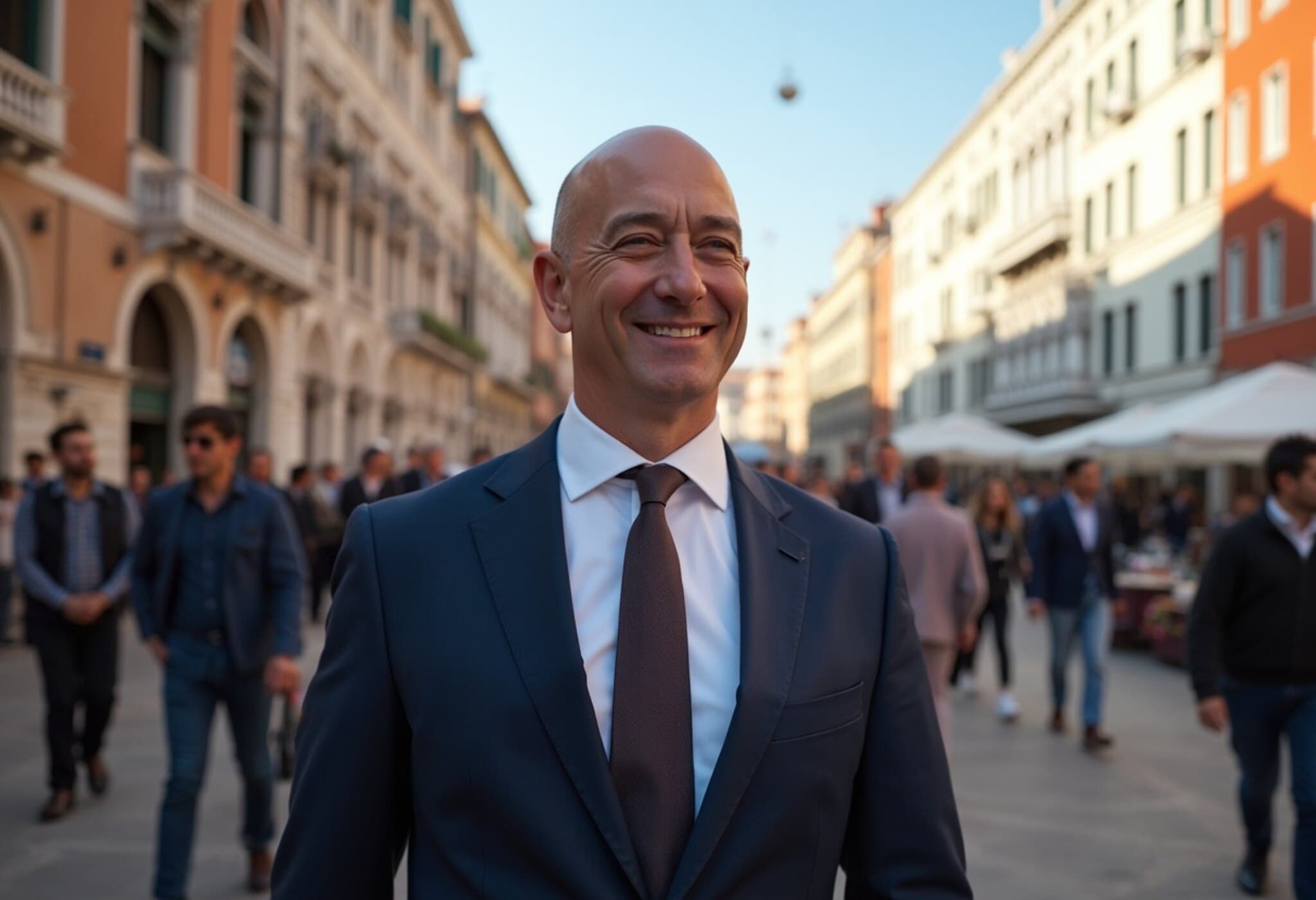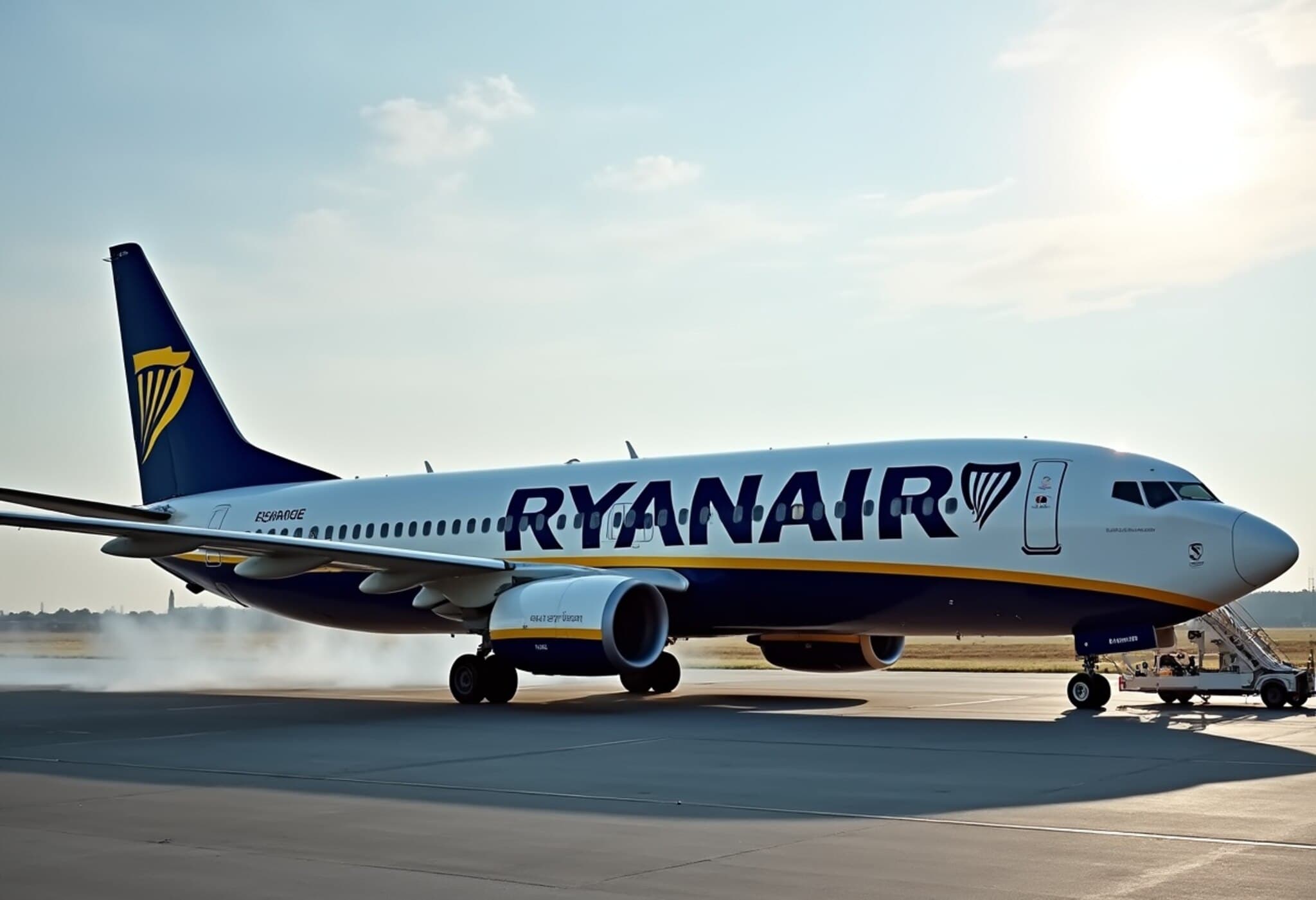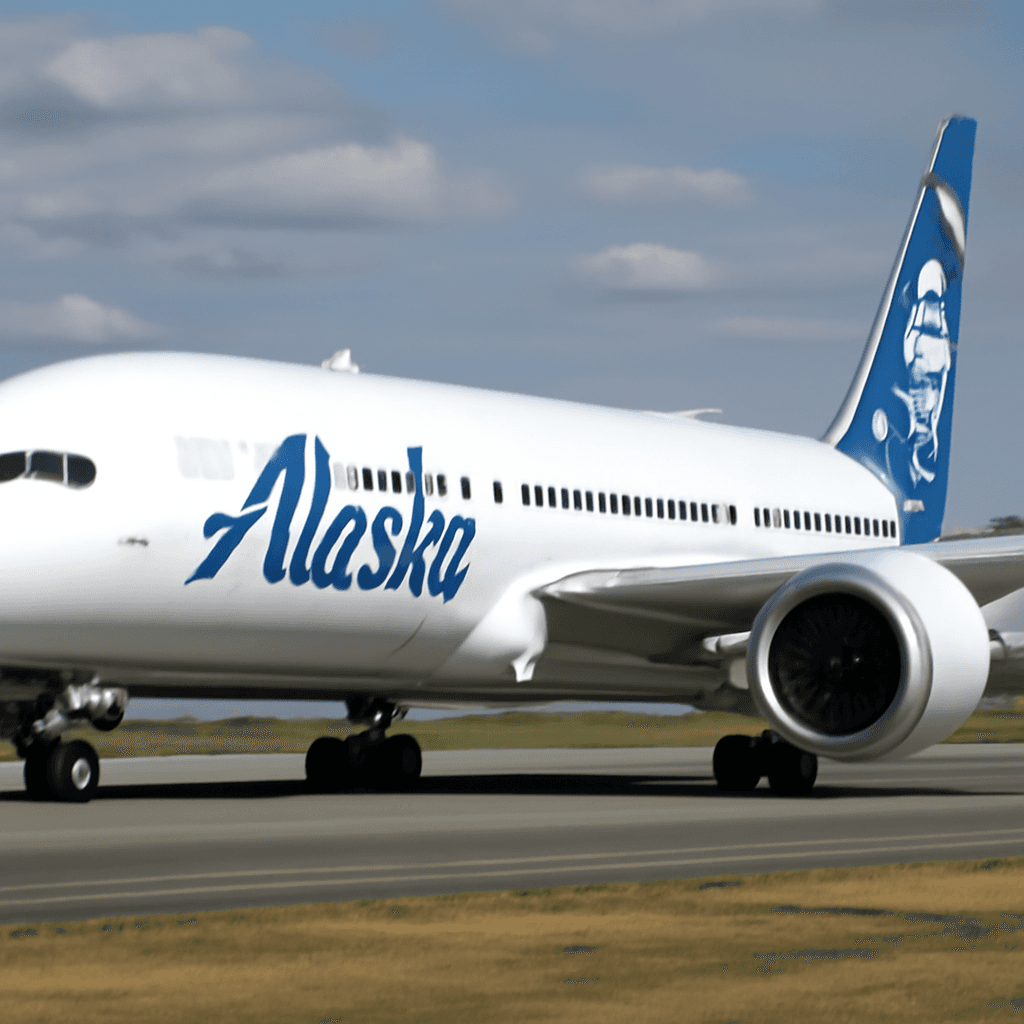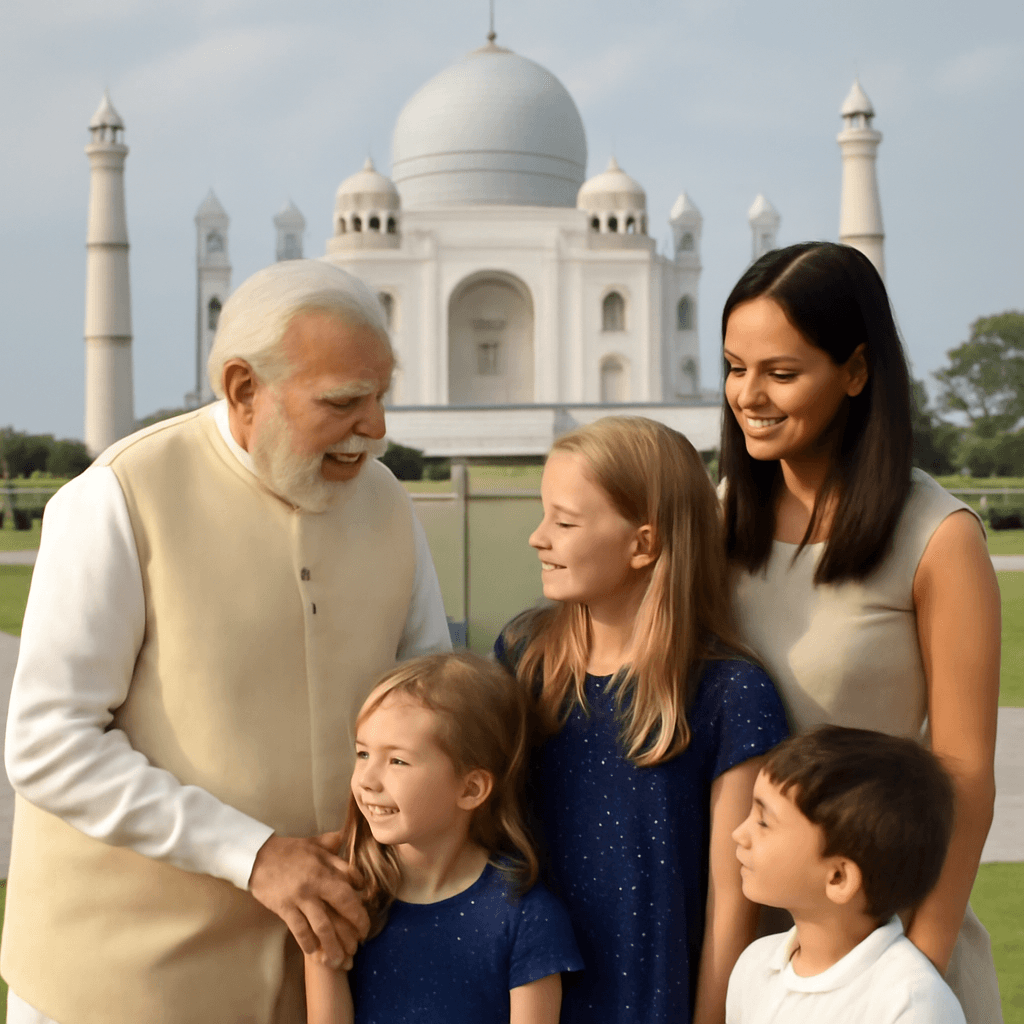Why Your Ticket Price at Zoos and Museums Is More Unpredictable Than Ever
As summer approaches, the cost of visiting zoos, museums, and aquariums is becoming increasingly variable. Gone are the days of fixed admission rates; now, prices fluctuate based on a variety of complex factors. This new approach, known as dynamic pricing, is altering how attractions set their ticket fees in 2025.
Inside the Complex World of Dynamic Pricing
At Zoo New England, John Linehan, CEO of the organization managing two zoos in eastern Massachusetts, explains the intricacy behind their pricing approach. Partnering with Digonex, a dynamic pricing technology provider, they consider nearly two dozen variables—from seasonal demand to staffing and weather—to determine daily ticket costs.
"It's complicated," Linehan admits. But this system aims to maintain accessibility, offering cheaper tickets for early bookings and aligning with programs supporting low-income families. The goal is clear: charge what’s necessary to sustain operations while keeping visits affordable and mission-focused.
Growing Adoption of Dynamic and Variable Pricing
According to recent tourism research, the use of flexible pricing models in attractions has surged since the pandemic. While less than 1% used such strategies before COVID-19, now 17% employ variable pricing—adjusting rates by predictable factors like weekday or season—and 6% have embraced dynamic pricing, which relies on real-time data.
This shift comes as many cultural institutions struggle to return to pre-pandemic visitor levels. Finding new revenue streams is crucial to bridging budget gaps and offsetting rising costs.
Examples of Price Changes Across Popular Attractions
- Monterey Bay Aquarium raised adult ticket prices from $59.95 to $65 in 2024 and increased individual membership rates from $95 to $125.
- Denver Art Museum bumped up entry fees last fall after a multi-million-dollar renovation, with weekday adult prices for residents rising from $18 to $22 and out-of-state visitors from $22 to $27. Weekend rates are even higher.
- Seattle Aquarium uses algorithms to adjust prices frequently, with adult out-of-state tickets fluctuating between $37.95 and $46.95 within the same month, reflecting availability and demand.
How Pricing Algorithms Impact Visitors
Dynamic pricing algorithms analyze bookings, weather forecasts, and demand patterns daily, adjusting ticket prices accordingly. While these systems allow attractions to offer discounted rates during slow periods, reservation-based fluctuations can catch visitors off-guard.
As Douglas Quinby, CEO of the tourism research firm Arival, notes, many attractions tweak prices quietly as booking windows approach, leading to potential price surprises. For visitors, this means that ticket costs can vary significantly depending on purchase timing and travel dates.
Balancing Revenue Generation and Visitor Experience
While variable pricing can reduce crowding and direct budget-conscious guests toward less busy days, there's a risk of alienating visitors when prices spike during peak times or for last-minute visits. Experts warn that guests paying premium prices expect exceptional experiences—anything less risks dissatisfaction.
With many attractions facing operational pressures this summer due to inflation and staffing challenges, maintaining value perception is crucial to avoid upset among visitors.
What Visitors Can Do to Save on Tickets
Amid growing pricing complexity, savvy visitors still have options to find better deals. Consider these strategies:
- Check your local library. Many libraries offer free museum passes to cardholders.
- Explore bundled admission programs, which grant access to multiple attractions at discounted rates.
- Use bank-sponsored benefits. For example, Bank of America credit cardholders often get free museum entry during designated weekends.
- Leverage government-supported initiatives. Programs like those offering free or reduced entry for SNAP recipients or active military personnel can significantly cut costs.
Though dynamic pricing means ticket costs may vary day to day, thoughtful planning and research can still unlock affordable cultural experiences.











